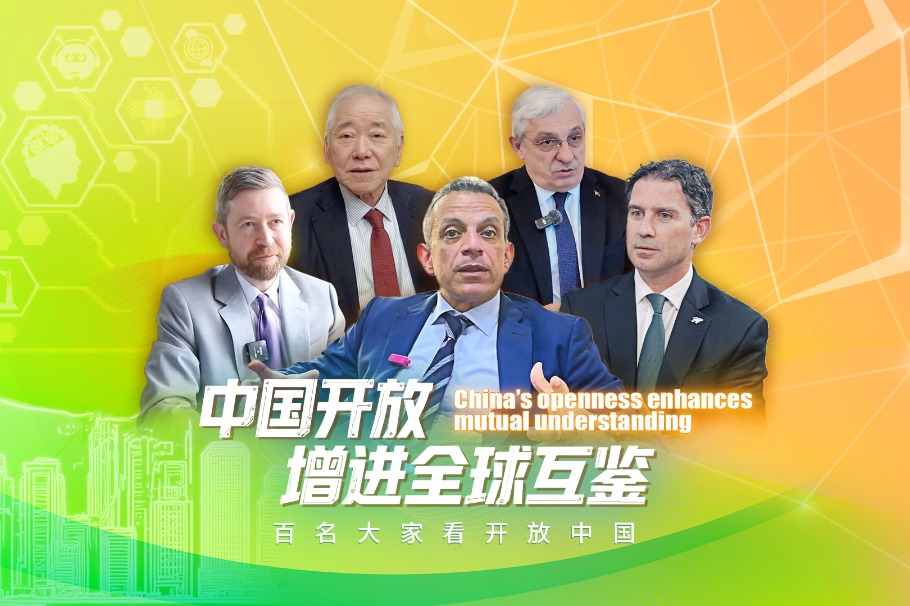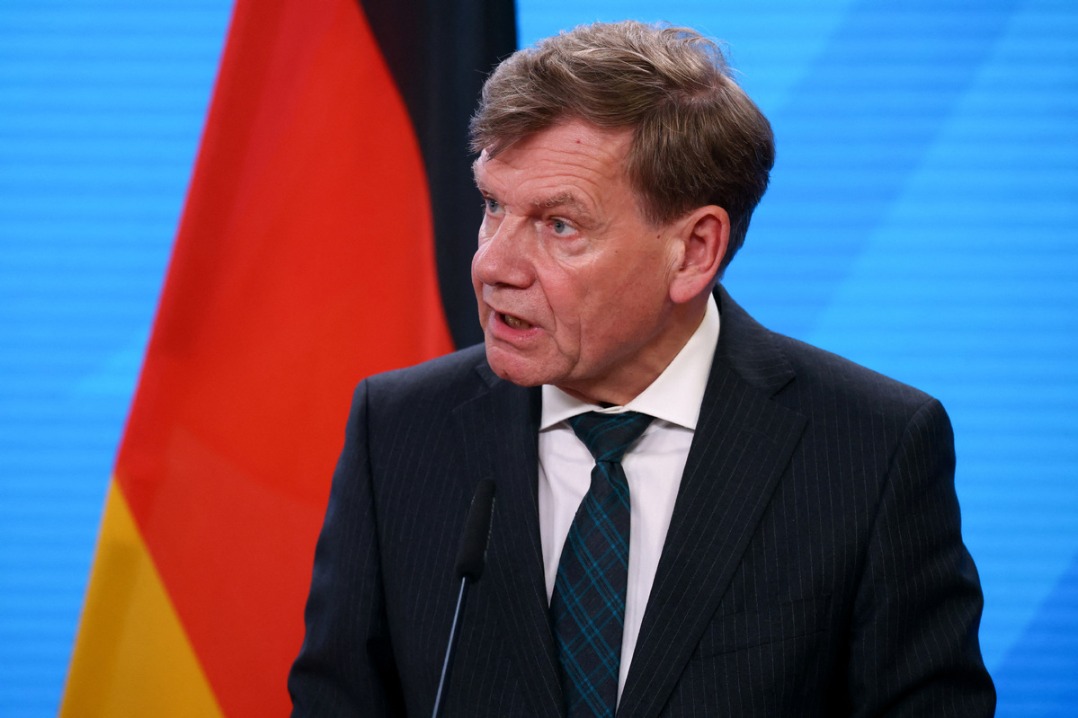Dealing with the double hazard
China and the United States talking to each other is imperative to ease the volatility and uncertainty in East Asia


China and the United States talking to each other is imperative to ease the volatility and uncertainty in East Asia
The security landscape in East Asia is facing the double hazard of uncertainty and volatility. This double hazard is brewing on all three levels of international relations: global, regional and bilateral. At the global level, the rivalry among the world's major powers is heating up as geostrategic tectonic plates are shifting along various potential flashpoints. Fault lines are being drawn from Eastern Europe through the Caucasus and the Middle East to South and East Asia. Some players along these lines will likely be tempted to take advantage of an emerging power vacuum for their irredentist agenda. In this regard, what is happening in Ukraine is not a remote concern to other regions, even though they are geographically far away.
At the regional level, tensions are flaring up among the regional states through multiple cases of lingering territorial and historical disputes. These tensions are further aggravated by rising nationalistic sentiment and the lack of regional problem-solving mechanisms. Last but not least, in inter-Korean relations, the remnants of the Cold War are not only hindering the peace process, but also breeding additional security challenges.
While tensions and concerns are in no short supply, the security architecture in East Asia remains weak and fractured. Multilateralism does not come naturally to the regional states as a mode of dispute settlement and institution building. Instead, unilateralism and bilateralism often prevail. Even in comparison with Southeast Asia, countries in Northeast Asia lack a united purpose. As a result, the gap between the urgency of the mounting security challenges and the need to address them continues to widen.
Unfortunately, multilateral security architecture building in the region seems to be headed in the opposite direction, away from dialogue toward decoupling. In recent years, two competing visions for the region have been put forth by the world's two most powerful states, the United States and China. Any emerging security architecture should be inclusive and open not only to reduce the institutional gap in the region, but also to help the international community confront the security challenges arising from the geostrategic tectonic shifts.
The widening institutional gap is causing a serious security dilemma in the region. Many states in the region now feel less safe in the face of an increasingly uncertain and volatile security landscape, which is why they are strongly motivated to take any and all necessary measures to enhance their security. But such measures are bound to be met with countermeasures by others due to the deepening mutual distrust of each other's intentions. This begets a vicious cycle of chain reactions, which ultimately weakens, rather than improves, the overall security equation.
The growing security dilemma does not bode well for the world as well as for the region. Particularly worrying is the lack of dialogue about strategic stability between China and the United States. If this situation continues unabated, a small accident or incident may run the risk of inadvertent escalation into a full-on conflict between them. To reduce this risk, they need to start a dialogue on crisis management, no matter what their political differences are and no matter how tired they are of the previous lack of progress.
To address the troubling double hazard of uncertainty and volatility, the bottom line is clear: no measures will be complete without China and the US talking to each other. From this perspective, it was a positive sign that the presidents of the two countries met in person in Bali, Indonesia last November and made clear their respective redlines. This occasion reaffirmed their shared intention to responsibly manage the competition that is heating up between them in almost all areas of international politics. Historical evidence suggests that competition between the most powerful state and its challenger is often very hard to avoid. But if we let this competition spiral out of control, catastrophic consequences will follow for the whole world. It is heartening to note that President Xi Jinping and President Joe Biden seem to recognize this somber reality.
However, we must also note that the summit only managed to touch upon the minimum common denominator of the Sino-US relationship. Much more work is needed to build the confidence and trust necessary to resume meaningful dialogue on issues of mutual concern at the global, regional and bilateral levels.
The author is the former under secretary-general of the United Nations. The author contributed this article to China Watch, a think tank powered by China Daily. The views don't necessarily represent those of China Daily.
Contact the editor at editor@chinawatch.cn.
































